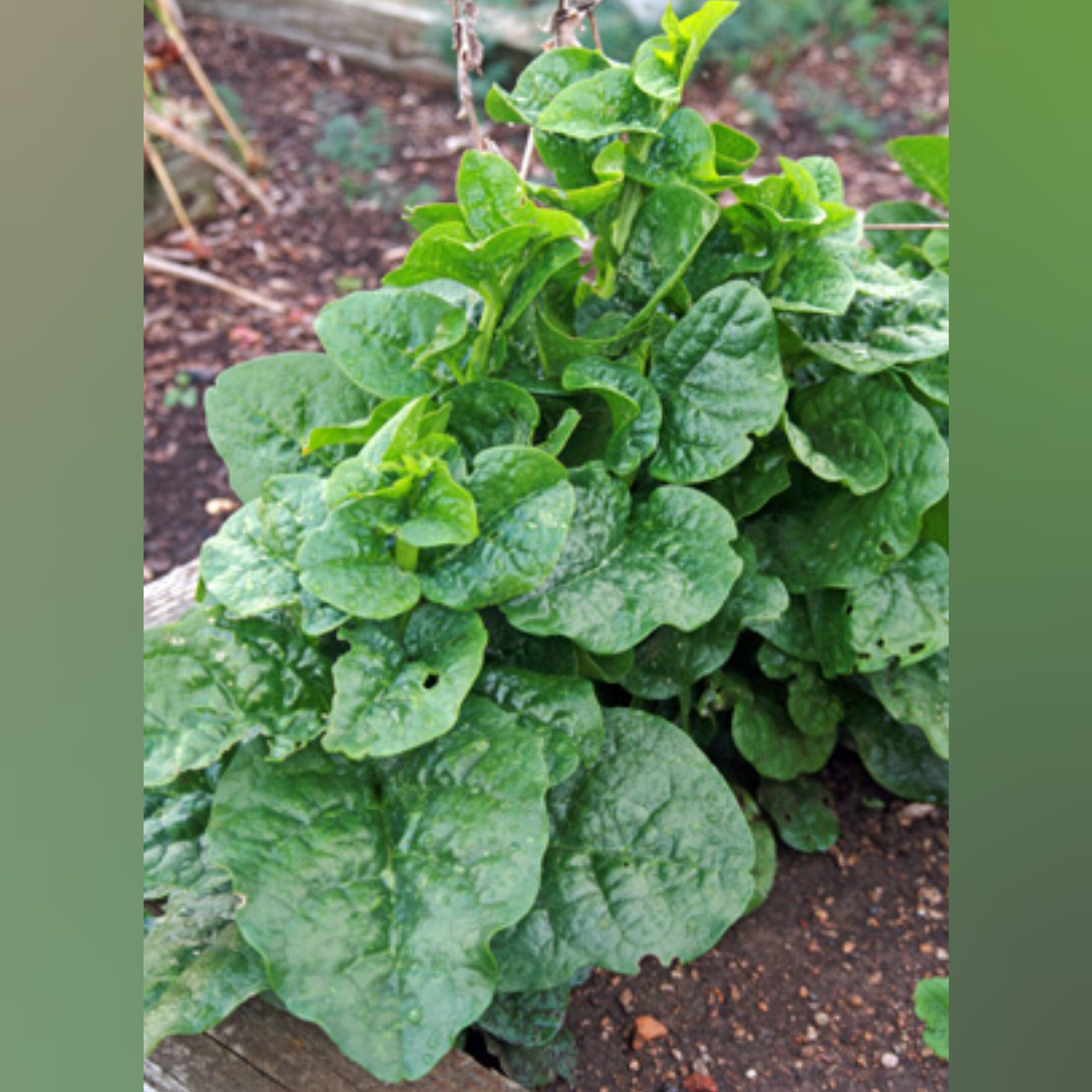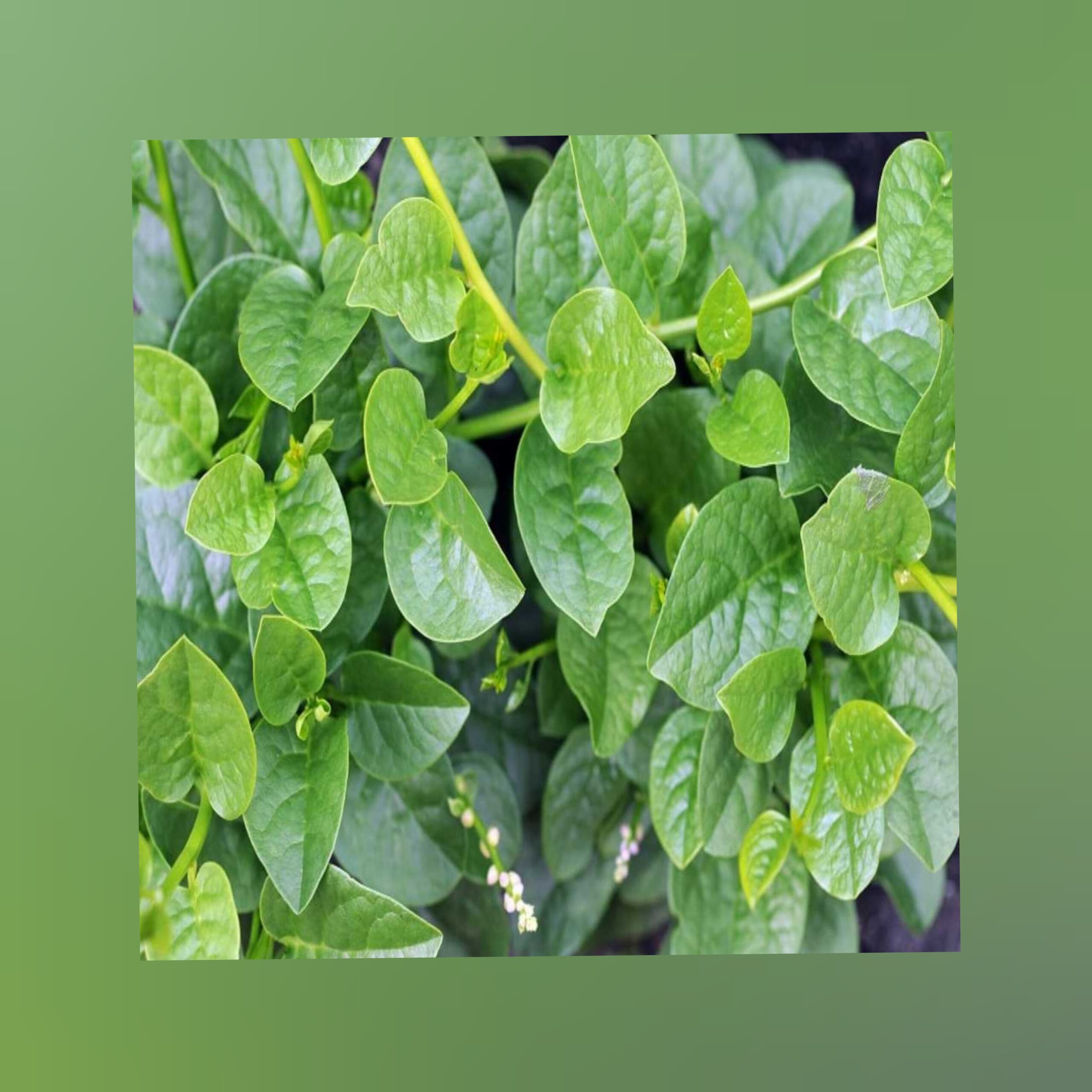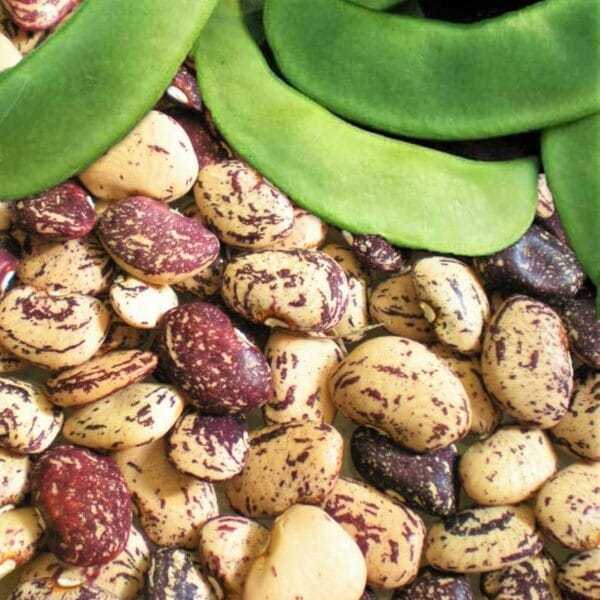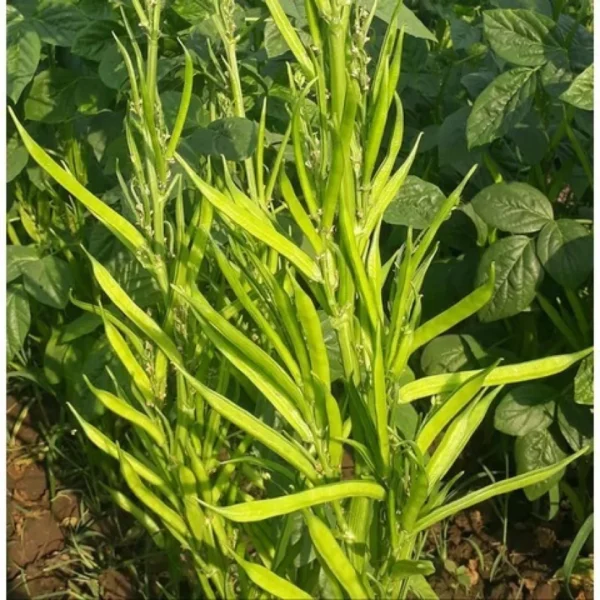Malabar Spinach (Basella alba or Basella rubra) is a fast-growing, heat-tolerant leafy green native to tropical Asia. Unlike regular spinach, Malabar spinach thrives in warm weather and is a great choice for organic gardening. The leaves are rich in vitamins A and C, iron, and calcium, making it a nutritious addition to your garden. Here’s how to grow Malabar spinach organically from seeds:
1. Choosing the Right Location
- Climate: Malabar spinach thrives in warm temperatures (75°F to 90°F or 24°C to 32°C). It is best grown in the summer or in warm climates year-round. It is a heat-tolerant plant and does well in humid conditions.
- Sunlight: This plant requires full sun for at least 6-8 hours per day. In hot climates, it can also tolerate partial shade during the hottest part of the day, especially if you’re growing it vertically to reduce stress on the leaves.
- Space: Malabar spinach is a vining plant, so it needs support to grow. Plant it near a trellis, fence, or vertical structure.
2. Soil Preparation
- Soil Type: Malabar spinach prefers well-draining, fertile soil. It thrives in loamy or sandy loam soil with a pH between 6.0 and 7.0.
- Organic Matter: Mix in plenty of compost or well-rotted manure to improve soil fertility and structure. This will provide the necessary nutrients for strong plant growth.
- Soil Drainage: Ensure the soil drains well to prevent waterlogging, which can cause root rot.
3. Sowing Green Malabar Spinach/ Pasalai keerai seeds
- Start Indoors or Outdoors:
- Indoors: If starting indoors, sow seeds 6-8 weeks before the last frost in small pots or seed trays. Use a seed-starting mix that is well-draining. Keep the seedlings in a warm area (75°F to 85°F or 24°C to 29°C).
- Outdoors: Malabar spinach can be directly sown outdoors once the soil has warmed up and there’s no danger of frost.
- Sowing Depth: Plant Green Malabar Spinach/ Pasalai keerai seeds about 1/4 inch (0.5 cm) deep into the soil.
- Spacing: Space the Green Malabar Spinach/ Pasalai keerai seeds about 4-6 inches apart in rows. If planting vertically, space the rows about 12-18 inchesapart to allow the vines to spread.
4. Germination and Care
- Germination Time: Green Malabar Spinach/ Pasalai keerai seeds typically germinate within 7-10 days when kept in warm, moist conditions.
- Watering: Keep the soil consistently moist but not soggy. Water regularly to keep the soil evenly moist, especially during dry spells. Malabar spinach is drought-sensitive, so it’s important to water the plants deeply when needed.
- Temperature: For best results, maintain a warm temperature between 75°F and 90°F (24°C to 32°C) for optimal growth.
5. Supporting the Vines
- Vertical Support: Green Malabar Spinach/ Pasalai keerai seeds is a climbing vine, so provide a trellis or other vertical structures like a fence or arch. You can also use string supports or cages to help the plant climb.
- Training: As the plant grows, guide the vines to the support structure. This helps the plant grow upwards, prevents sprawling, and saves space.
6. Organic Fertilizing
- Compost: Add compost or organic manure to the soil before planting and periodically during the growing season to provide nutrients.
- Organic Fertilizer: Use an organic liquid fertilizer such as fish emulsion, seaweed extract, or compost tea every 2-3 weeks to encourage healthy growth and leaf production.
- Mulching: Apply organic mulch (like straw, grass clippings, or shredded leaves) around the base of the plant to retain moisture and suppress weeds.
7. Pest and Disease Management
Malabar spinach is relatively resistant to pests but can occasionally face challenges. Here’s how to manage common issues organically:
- Pests:
- Aphids: If aphids appear, spray the plants with a mixture of water and dish soap or use neem oil.
- Leafminers: These pests can sometimes infest the leaves. You can manage them by removing affected leaves and using organic insecticidal soap.
- Snails and Slugs: Use diatomaceous earth around the base of the plants or place beer traps to deter snails and slugs.
- Diseases:
- Powdery Mildew: To prevent fungal diseases like powdery mildew, avoid watering overhead and ensure good air circulation around the plants. If mildew appears, use an organic fungicide such as baking soda solution or neem oil.
- Root Rot: Ensure the soil is well-drained and avoid overwatering to prevent root rot.
8. Harvesting Malabar Spinach
- Leaf Harvesting: Malabar spinach can be harvested for its tender leaves once the plant has reached about 6-8 inches tall. You can cut off individual leaves or harvest entire stems for use in cooking. Always leave some leaves on the plant so it can continue to grow.
- Frequent Harvesting: Regular harvesting will encourage more new growth and keep the plant producing leaves throughout the growing season.
- Stem and Flowering: The plant may start flowering when mature, but it’s typically best to harvest leaves before flowering to maintain the best taste and texture.
9. Storing Malabar Spinach
- Fresh: Use freshly harvested leaves immediately or store them in the refrigerator for 3-4 days in a sealed container or plastic bag.
- Preserving: If you have a large harvest, you can freeze the leaves after blanching them in boiling water for 1-2 minutes. This helps preserve the flavor and nutrients.
10. Indoor Growing Option
- If you live in a cooler climate, you can grow Malabar spinach indoors in pots or containers. Ensure that the plant receives adequate sunlight (preferably near a south-facing window) or use grow lights. Indoor plants may require additional humidity and regular watering.
Conclusion
Malabar spinach is an easy-to-grow, nutrient-rich leafy green that thrives in warm, sunny conditions. By providing a well-drained, fertile soil, adequate watering, and vertical support, you can enjoy a bountiful harvest of fresh leaves. It’s an ideal plant for organic gardening, requiring minimal pest control and care. Whether you grow it in a garden or in containers, Malabar spinach is a great addition to any homegrown vegetable garden!










Reviews
There are no reviews yet.